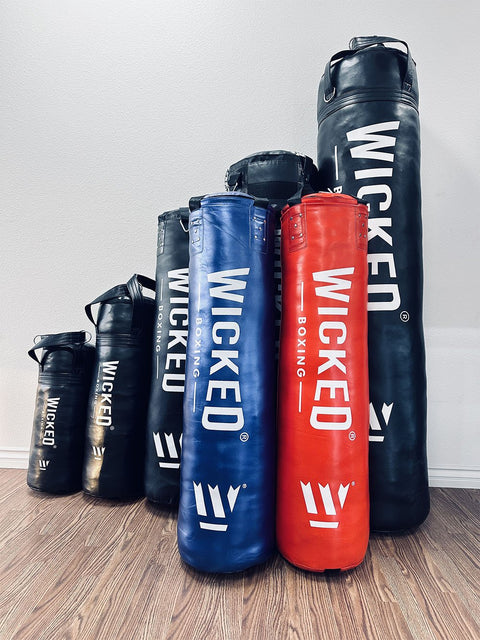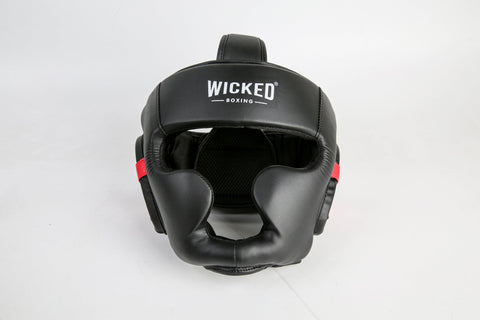A Brief History
The use of training equipment similar to a punching bag can be traced back to ancient civilizations, where soldiers and fighters used various forms of equipment to prepare for hand-to-hand combat. For example, ancient Egyptians are believed to have used punching bags filled with sand, while ancient Greeks and Romans used leather bags filled with sand or other materials.
In addition, Indian wrestling have used practice equipment called 'mukha dhanda' meaning face-punch, in form of a hanging leather pouch filled with sand, pebbles, or grains to improve the strength and accuracy of punches. They have also used another form of equipment known as a 'dummy' which is a human-shaped wooden structure filled with grain or sand to practice grappling and throws.
It is unclear exactly when the modern punching bag was first developed, but the earliest known records of the use of a punching bag in boxing date back to the late 19th century, when boxers began using bags filled with sand or sawdust for training.
The Punching Bag Today
In modern times, punching bags are used for a variety of purposes, including training for combat sports such as boxing, kickboxing, and mixed martial arts, as well as for fitness and stress relief.
In combat sports, punching bags are used to help athletes improve their striking technique, power, speed, accuracy, and endurance. They can be used for a wide range of punches, including jabs, crosses, hooks, uppercuts, and combinations. In addition, many fighters use punching bags to practice footwork and movement, as well as to work on their defense.
For fitness, punching bags provide a full-body workout that targets the arms, shoulders, chest, back, legs, and core. They also offer an intense cardio workout that can help to improve cardiovascular health, burn calories, and build endurance.
For stress relief, hitting a punching bag can be a therapeutic way to release pent-up emotions and aggression.
Punching bags come in different shapes and sizes, with heavy bags, speed bags, double-end bags, and reflex bags being some of the most common types. Each type of bag is designed to focus on specific training elements and are often used in combination to create a well-rounded training program.
20 Minute Drill
Here is a sample 20-minute punching bag drill that can be used to improve your striking technique, power, speed, and endurance:
Warm-Up (3 minutes):
- Jump rope or jog in place to get your heart rate up and warm up your muscles.
- Perform some dynamic stretching exercises such as arm circles, leg swings, and trunk rotations to loosen up your joints.
Round 1 (3 minutes):
- Jab, cross, hook, uppercut combination: Start by throwing a jab, then a cross, then a hook, and finish with an uppercut. -Repeat the combinations as many times as you can within 3 minutes
Round 2 (3 minutes):
- Body shots: Focus on hitting the body of the punching bag with a variety of punches, such as jabs, crosses, hooks, and uppercuts. -Repeat the combinations as many times as you can within 3 minutes
Round 3 (3 minutes):
- Footwork drills: Use the punching bag as an obstacle to practice your footwork. Circle around the bag, slipping punches, and changing directions while throwing punches.
Round 4 (3 minutes):
- Focus Mitts: Have a partner hold a focus mitts in front of you and practice your accuracy by hitting the mitts with a variety of punches.
Round 5 (3 minutes):
- Cool down: Slow down your pace and do some light cardio such as jogging in place or jumping rope to bring your heart rate back to normal.
- Finish with static stretching exercises such as holding stretches for your arms, legs, and trunk to help your muscles recover.
Note: You can adjust the time and rounds as per your fitness level and preference, also it's important to wear the appropriate gear such as hand wraps, gloves and mouthguard while training with punching bag.
More on Punching Bags here.




